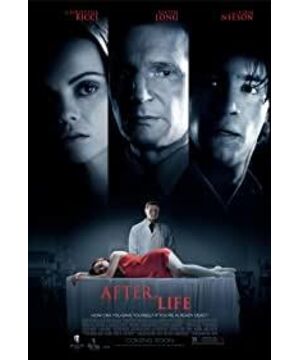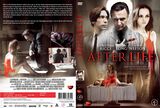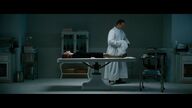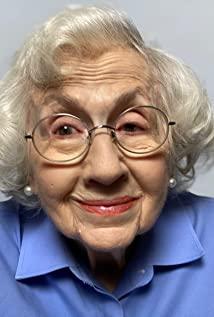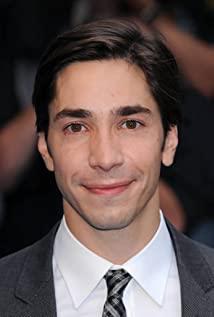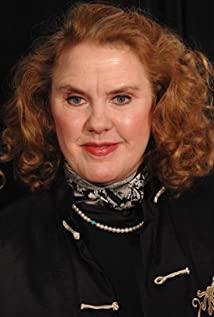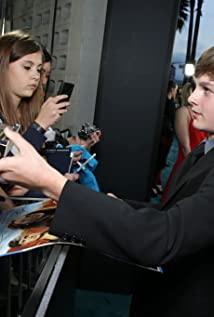Like the plot design of many films of this type, the perverted murderer regards himself as a messenger to save mankind from the abyss of depravity, just as the classic "Seven Deadly Sins" (Se7en) of this kind of film defines the sins of mankind according to religious definitions. As the masked image shows, "After Life" has to deal with human beings like walking dead. The vague definition of "The Walking Dead" makes the film destined to fail to reach a certain level of thought. Facts have also proved that the film's explanation of life and death and the meaning of life is illusory and does not greatly promote the development of the plot.
As director Agnizka Vosloh's debut feature, "The Aftermath", which is said to be an extension of her earlier short film called Pâté, is basically quite satisfactory.
The director wanted to make a thriller that would make the audience look less incomprehensible, so he gave a lot of detail from beginning to end to imply that Anna was buried alive, and that Elliot, the funeral director, was a psycho killer, but because of the The lack of experience and the massive pile of chisel marks seriously affected the coherence of the film, so much so that when the director tried to make a review of the film at the end of the film, the whole horror effect had disappeared. The director's skill is indeed quite ordinary to be able to make a thriller and horror film flat and straight. At the same time, the director is even more self-defeating to fool the audience. The alternation of fantasy and reality seems to make the audience a little confused at the moment, but the poor fooling skills make these designs one of the biggest failures of the film.
The filming skills are still like this, and the portrayal of the characters is a mess. On the one hand, the director needs to give Elliot a reasonable reason for burying Anna alive, and on the other hand, he hopes to establish a little sympathy for Anna in the hearts of the audience. This contradictory concept makes Characters are blurry.
However, "Aftermath" is not without merit. The director still has his own ideas and creativity in the processing of the pictures and the expression of the implied meaning of certain scenes. For example, whenever the door of the basement is opened, a beam of dazzling white light comes in, which seems to be a metaphor for heaven, or the real world that Anna is afraid to face; in the end, Jack (played by Chandler Canterbury) The design of burying the chicken who is afraid of the dark alive is also a highlight.
Although the design of the script may be lacking, the performance of the actors is remarkable. "The Hollywood Reporter" commented that Christina Ricci "did a complete picture of a person's fear in the face of his own death in the film, and that fear was passed on to us". I Love Movies.com also commented: A near-naked Christina Ricci is so seductive on screen, and a cool, restrained Liam Neeson is so captivating.
View more about After.Life reviews


